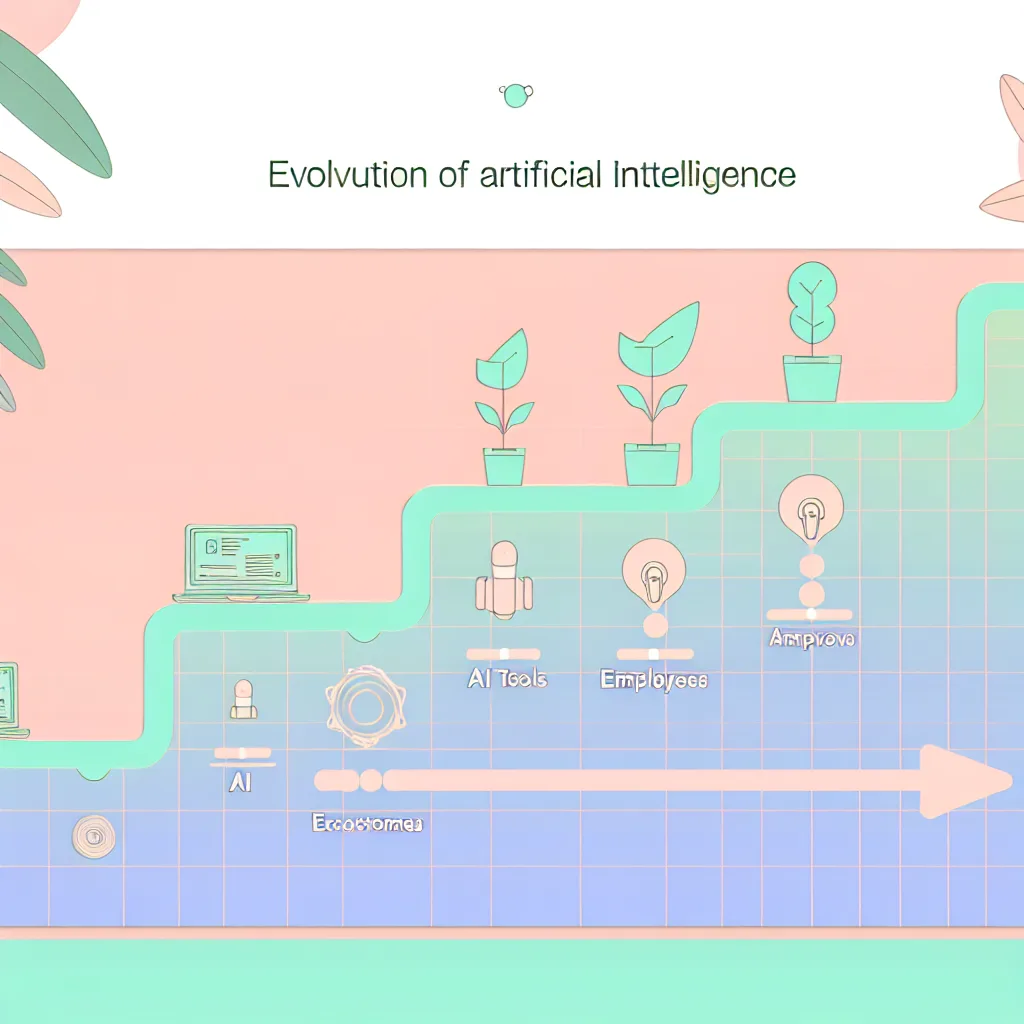Understanding the next phase in the AI hype cycle beyond AI employees
Have you ever wondered what comes after AI employees? The journey through the AI hype cycle has been quite something to watch. We started hearing concerns like “AI will steal jobs,” then moved on to seeing AI as helpful assistants or tools. More recently, the chatter shifted toward AI agents, which could act semi-independently, and even AI co-pilots helping us navigate complex tasks. These days, it’s all about AI employees—AI systems performing dedicated job roles. Yet, despite all the buzz, many people still ask, “But where’s the revenue?”
Let’s unpack this a bit. According to Statista’s projections, AI is expected to grow at around 26.6% compound annual growth rate (CAGR) until 2031 and reach over $1 trillion in market size. That’s not just a vague prediction; it’s the strongest adoption curve we’ve seen since the internet took off. So, this leads us to an interesting question—what’s the next phase after AI employees in the AI hype cycle?
The AI Hype Cycle: A Quick Look
The AI hype cycle refers to how public expectations and industry focus shift over time as technology develops. It’s common to see excitement followed by skepticism, then more practical adoption.
- Stage 1: Fear of job loss — AI taking over human roles.
- Stage 2: AI as assistants or tools, helping people work better.
- Stage 3: Introduction of AI agents performing tasks more autonomously.
- Stage 4: AI co-pilots, complementing professionals in their work.
- Stage 5: AI employees — AI systems taking on entire job functions.
We’re arguably approaching the end of this latest stage. Yet, the conversation continues: what lies beyond AI employees?
Beyond AI Employees: The Next Phase in the AI Hype Cycle
Experts suggest that after AI employees, we could see AI ecosystem builders, where AI systems not only perform jobs but also manage, improve, and create other AI systems within organizations. Think of AI not only as a worker but as a coordinator that optimizes the work of humans and machines alike.
Another promising direction is decentralized AI networks. Instead of a centralized AI controlling tasks, multiple AI agents might collaborate in a more organic way, sharing information and resources dynamically. This would open new possibilities for scalability and innovation.
What Does This Mean For You?
For businesses and professionals, understanding where the AI hype cycle is headed helps with planning. It’s no longer enough to just deploy AI employees; soon, you might be managing AI ecosystems or interacting with dynamic AI networks. Staying informed and flexible will be crucial.
Wrapping Up
The AI hype cycle shows us that AI adoption isn’t just about flashy new tools or scary job-stealing robots. It’s a gradual shift towards smarter, more integrated, and autonomous systems. As of 2025, AI employees are becoming common, but the next big thing could be AI systems that build and coordinate other AI systems or collaborate across networks.
Want to keep ahead of the curve? Check out resources like Gartner’s AI research or stay updated with the latest market analyses on Statista AI reports.
If you found this interesting, diving deeper into AI trends can give you a clearer idea of how to embrace AI in your own work or business life.
